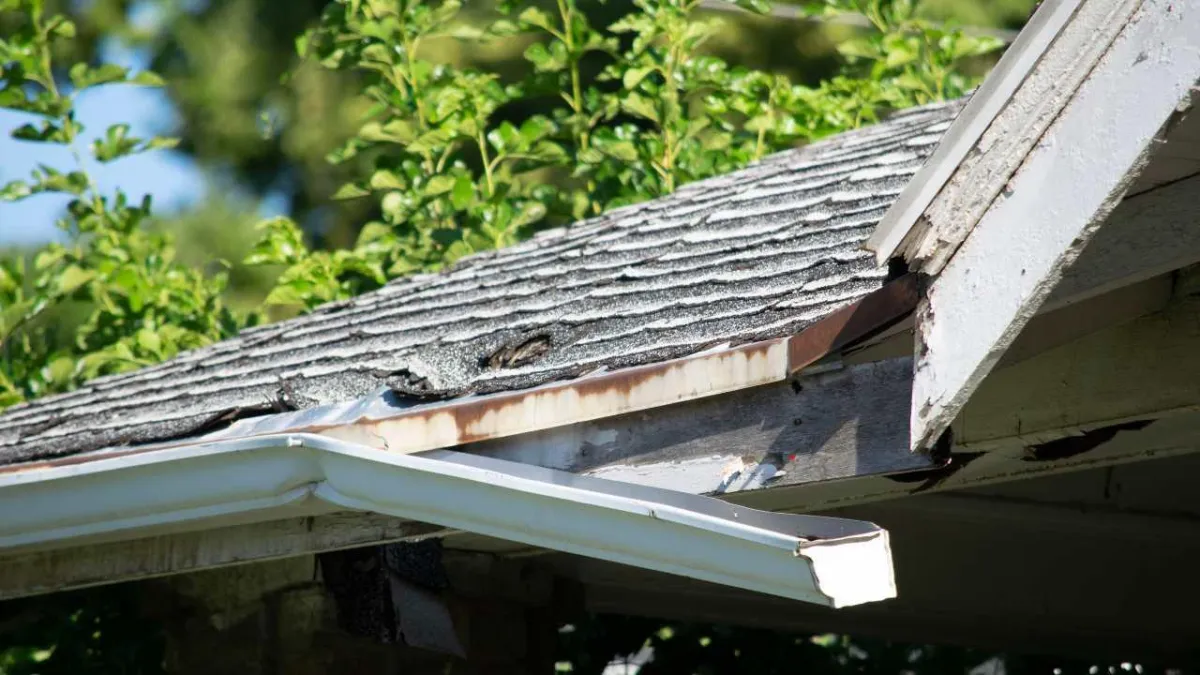
Sagging Gutters? Learn What to Do Before It Gets Worse
Sagging gutters might seem like a small issue—until they start pouring water where it doesn’t belong. Whether it's pooling around your foundation, soaking your landscaping, or seeping into your basement, the consequences can get expensive fast. If you’re noticing droopy sections or pulling away from the roofline, it’s time to act. And if you’re looking for a reliable fix, calling a gutter contractor Joplin MO homeowners trust is the smartest first step.
In this post, we’ll break down why gutters sag, what damage they can cause, and most importantly—what you can do about it.
Why Are Your Gutters Sagging?
Gutters sag when they can no longer support the weight they’re carrying. Here are the most common culprits:
Clogged gutters: Leaves, dirt, and debris pile up, especially in the fall. When water can’t drain, the weight increases.
Loose hangers: Over time, the hardware that secures gutters to your fascia can become loose or corroded.
Poor installation: If the gutters weren’t installed with the right pitch or spacing, sagging is almost inevitable.
Aging materials: Vinyl gutters in particular can warp or bend with age, sunlight, and temperature swings.
A sagging gutter isn't just an eyesore—it’s a sign that your drainage system isn’t doing its job.
The Risks of Ignoring Sagging Gutters
Putting off a gutter repair might seem harmless, but the damage adds up quickly:
Foundation issues: Water that overflows from sagging gutters can settle around your foundation, leading to cracks or shifting.
Rotting fascia boards: Water backing up behind the gutter can soak into the fascia, causing wood rot.
Landscape erosion: Improperly channeled water washes away topsoil, mulch, and plantings.
Mold and mildew: Excess moisture near your home invites unwanted growth on siding and inside crawl spaces.
Think of your gutters as your home’s silent defenders. When they’re compromised, everything else is vulnerable.
What You Can Do (and When to Call in the Pros)
Here’s how to tackle sagging gutters, step by step:
1. Inspect the Gutters
Use a ladder to take a closer look:
Are the brackets pulling away?
Do you see pooled water or debris?
Is the gutter pitch (angle) uneven?
If it’s a small section and you’re comfortable with DIY repairs, you might be able to resecure the brackets or clean out the debris.
2. Clear the Debris
Sometimes, all it takes is a thorough cleaning to relieve the weight causing the sag. Use gloves and a scoop, then flush with a hose to check drainage.
3. Reattach or Replace Brackets
Loose or broken hangers should be replaced. Make sure new brackets are spaced about every two feet for strong support.
4. Consider a Full System Inspection
If your gutters are older or the sagging is widespread, it’s worth having them checked by professionals. That’s where Joplin Guttering comes in. With years of experience and a solid local reputation, they provide dependable guttering services in Joplin that fix the problem and protect your home long-term.
Case Study: How One Homeowner Saved Their Foundation
A homeowner in Joplin noticed water pooling near their front porch after heavy rains. A quick inspection revealed severely sagging gutters overloaded with debris. They called in Joplin Guttering, who not only cleaned the gutters but also replaced failing brackets and installed leaf guards. Since then, the homeowner has had no further water issues—and their landscaping looks better than ever.
Keep Your Gutters—and Your Home—Healthy
Sagging gutters don’t just look bad. They’re a red flag for much bigger problems. The good news? A prompt inspection and timely gutter repair can save you from expensive headaches down the road.
Don’t wait until water damage hits—reach out to a pro today and protect your biggest investment.
